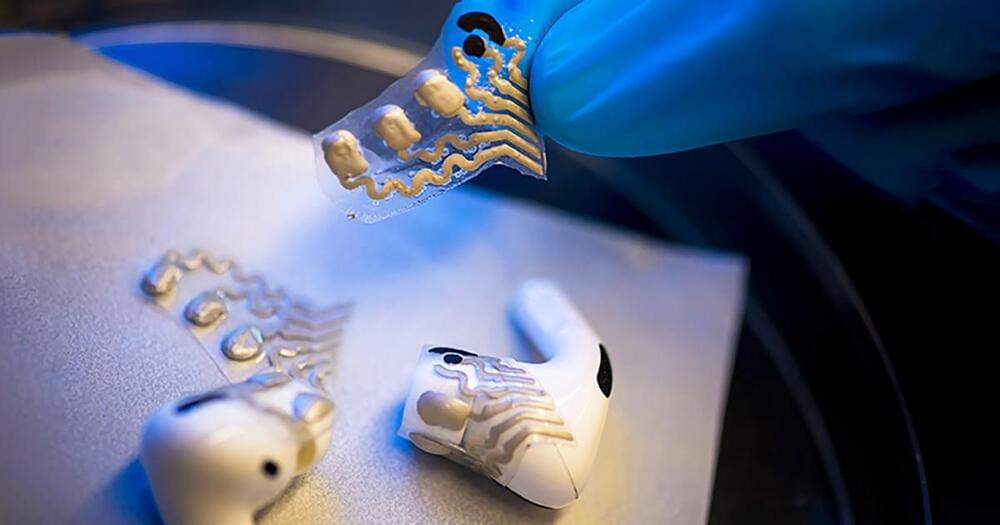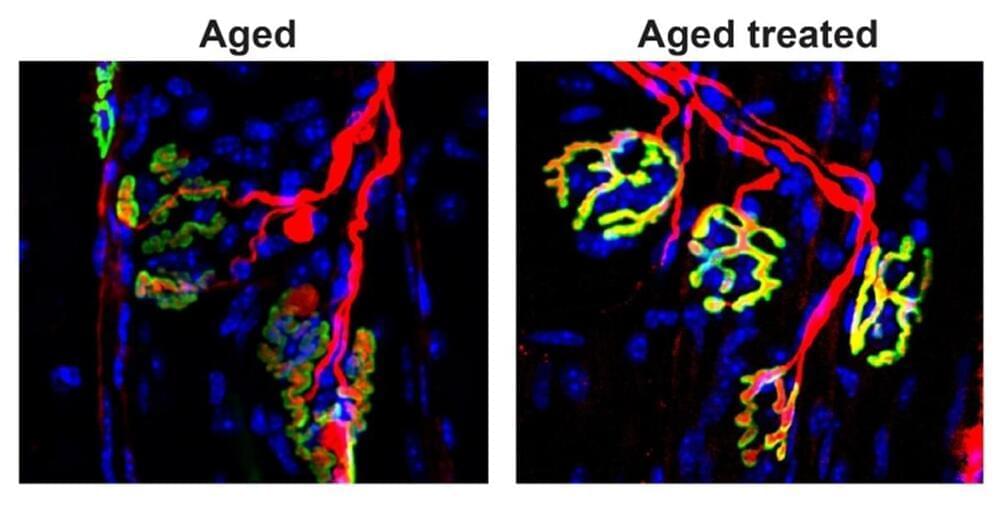Fellow Macquarie University researchers Dr Ram Maharjan and Associate Professor Amy Cain are part of a contingent of scientists coming at the issue from another direction: studying a single protein that, when damaged, causes A. baumannii to lose its superpowers, compromising a drug pumping system that pushes antibiotics and other threats out of the cell.
While further studies are needed to understand how biocides work and how they interact with antibiotics, Dr Li stressed we should not discontinue their use in healthcare facilities and in the community.
“The findings in our study suggest that residual biocides could compromise antibiotic potency, at least in the lab,” Dr Li said.









